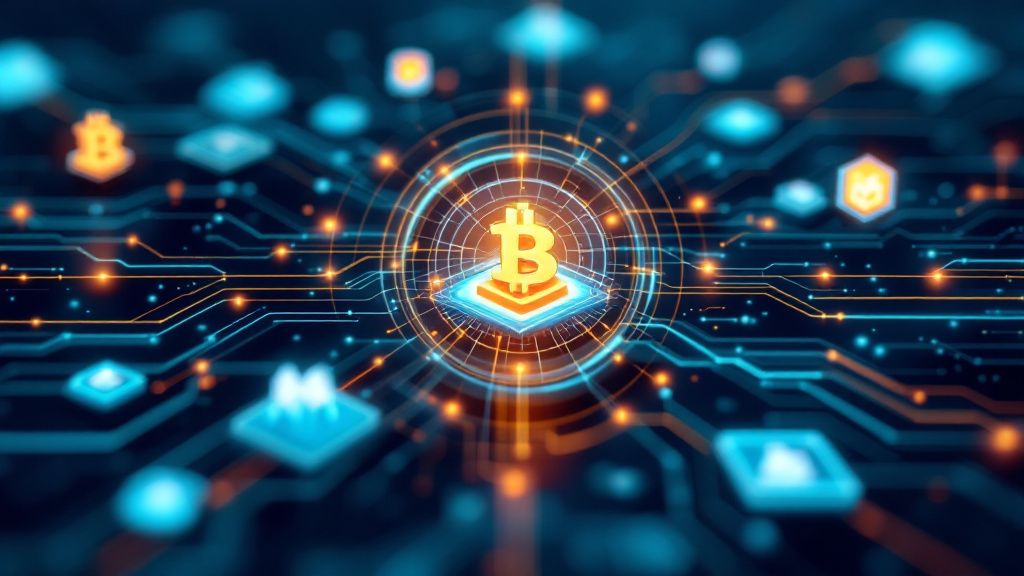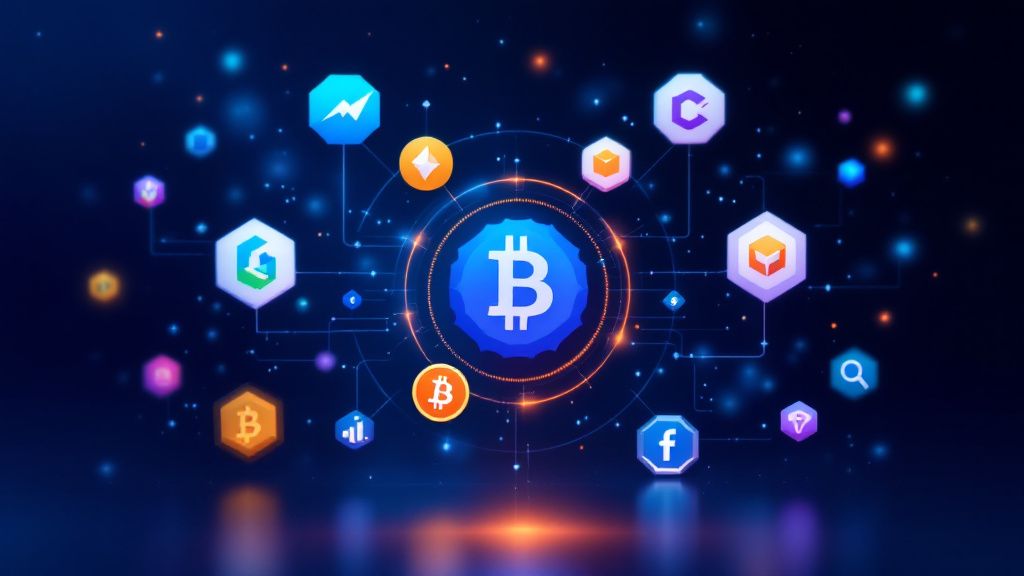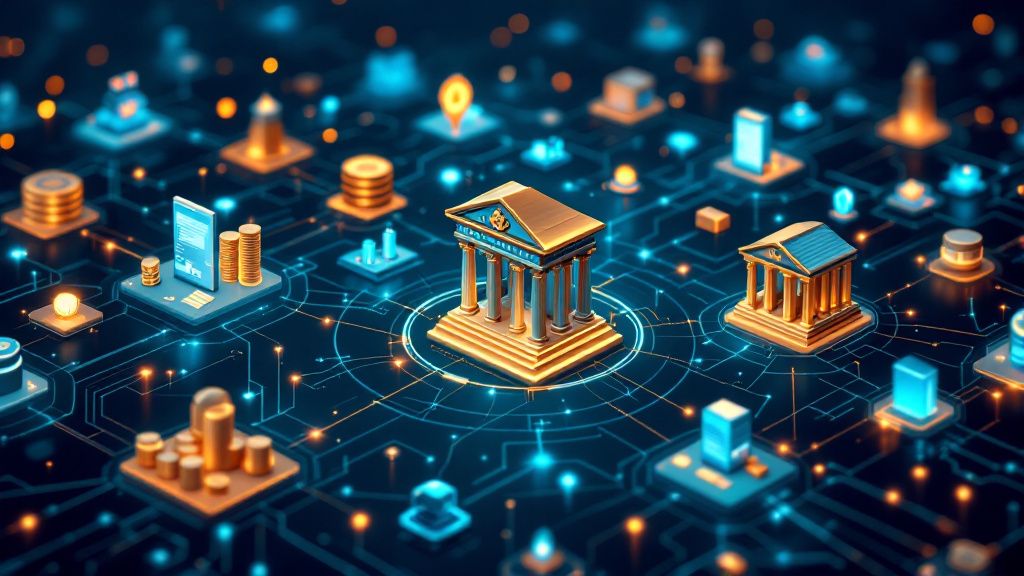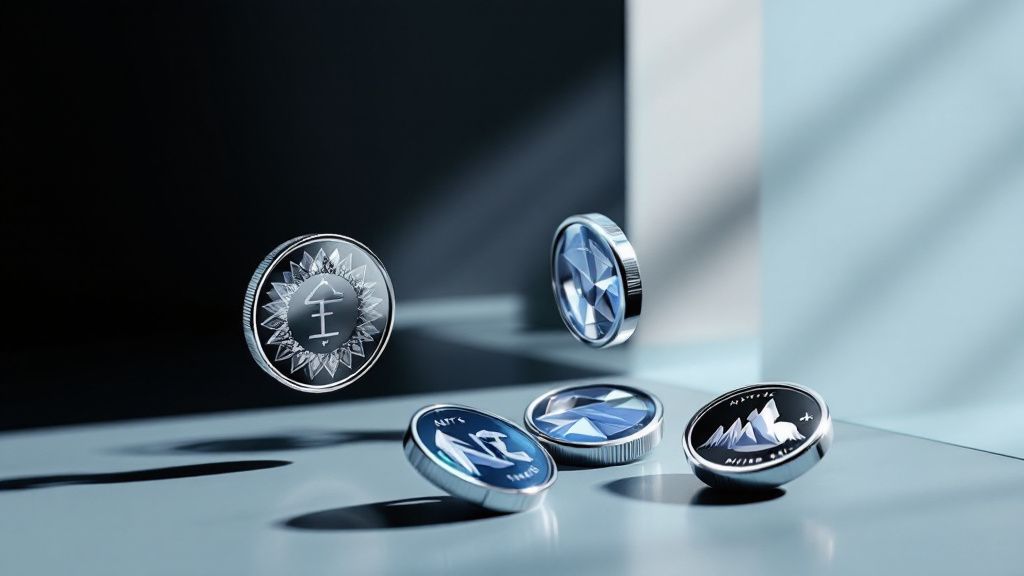Web3 presents a revolutionary shift in how you interact with the digital world, transforming your internet experience into a decentralized, user-centric environment. Unlike its predecessors, Web3 leverages blockchain and smart contracts, empowering you with greater control over your data and digital identity. At the heart of this evolution are groundbreaking web3 projects that offer new ways to engage with technology, ensuring transparency and security. With web3 technology, you’re invited to explore a landscape where intermediaries fade away, leaving you to connect directly with peers. As web3 development progresses, the possibilities in fields such as finance, gaming, and content creation continue to expand, promising a future of limitless innovation.
The Evolution of the Internet from Web1 to Web3
Looking at the evolution of the internet through the lens of technological progress, you can see a transformative journey from Web1 to Web3. Web1, launched in the early 1990s, was largely informational, offering you static web pages without much interaction. This era was all about reading rather than engaging, providing limited user experience and interaction.
Web2 ushered in the age of social media, dynamic content, and user-generated data. It gave you platforms like Facebook and YouTube, enhancing interaction and content creation but at the cost of data privacy concerns. Here, centralized entities controlled most of your online activities, and monetization opportunities were often restricted.
Now, as the drive towards decentralization intensifies, web3 technology takes center stage. Through web3 development, you experience a digital realm where decentralized apps and blockchain redefine your interactions. With web3 projects, you’re part of communities that value autonomy and security, reducing reliance on central authorities while fostering collaboration and transparency. This evolution suggests boundless opportunities for innovation in a more equitable digital landscape.

Understanding Decentralization in Web3
Understanding decentralization in Web3 involves recognizing the shift from centralized control to a more distributed network structure. This transition empowers you to manage and own your online data and digital interactions. In contrast to the centralized dominance of Web2, Web3 enables peer-to-peer connections and self-governing communities where no single entity holds all the power. Through blockchain and smart contracts, Web3 technology ensures transparent and secure transactions, altering how you engage with digital services.
Tracing the evolution from the early days of the internet, decentralization was initially limited to small, experimental projects. However, as technological advances propelled the hype around cryptocurrencies like Bitcoin, decentralization gained more attention. The development of Ethereum furthered this concept by introducing smart contracts. Today, web3 projects harness these innovations to create decentralized applications (dApps) that respect user privacy and enhance digital sovereignty. In this new digital era, decentralization provides a foundation for more equitable web3 development, enhancing autonomy and reducing dependency on centralized systems.

Smart Contracts: The Backbone of Web3 Transactions
How do smart contracts revolutionize your transaction experience in Web3? As automated, self-executing agreements coded directly onto the blockchain, they eliminate the need for intermediaries, thereby ensuring transparency and efficiency. Once conditions are met, these contracts execute the agreed terms, offering you a secure and efficient way to transact without the traditional headaches of external oversight.
Smart contracts not only streamline transactions but also enhance trust in web3 projects. They are integral to decentralized applications (dApps), where they govern actions and enforce roles without bias. This not only reduces costs associated with intermediaries but ensures that your interactions within the digital economy adhere to predefined, trusted protocols.
Beyond traditional applications, smart contracts play a pivotal role in innovating web3 development. Their versatility allows for new financial products, such as decentralized finance (DeFi), to flourish. DeFi platforms utilize smart contracts to offer services like lending and borrowing without traditional banking infrastructure, giving you more control over your finances and investments.
Despite their transformative impact, understanding the complexity of smart contracts is important. They require precise coding to function correctly and any errors can lead to vulnerabilities. As you engage more with web3 technology, an awareness of these potential risks helps you ensure the security and integrity of your digital transactions.
By integrating seamlessly with blockchain systems, smart contracts form the backbone of secure, decentralized transaction processes, revolutionizing how you interact with the digital economy. As Web3 continues to develop, the reliance on these innovative constructs is likely to deepen, offering you unprecedented opportunities to engage with an ecosystem that prioritizes transparency and autonomy.

Decentralized Applications: DApps Explained
Decentralized applications (DApps) represent a significant leap in how you interact with digital services. Unlike traditional apps, DApps run on decentralized networks, specifically blockchains, ensuring that no single entity has control. This setup reduces the risks associated with data breaches and ensures that your interactions remain secure and transparent.
The distinct advantage of DApps is their reliance on smart contracts to automate processes and enforce rules. This eliminates the need for intermediaries, thereby reducing costs and enhancing the reliability of services you use every day. From finance to gaming, DApps are changing the landscape of web3 technology by offering innovative solutions that prioritize user autonomy.
In the next few years, DApps are likely to reshape industries by offering decentralized alternatives that are both efficient and fair. As web3 development progresses, expect to see an expansion of DApps into areas like supply chain management and healthcare, where transparency and traceability are key. This bold prediction points to a future where DApps become central to daily digital interactions.

Web3 and the Rise of Decentralized Finance (DeFi)
Web3 and the rise of decentralized finance (DeFi) are redefining how you manage and interact with financial systems. DeFi eliminates traditional banking intermediaries, offering decentralized alternatives that enable you to engage in lending, borrowing, and trading directly on public blockchains. This shifts control from centralized institutions to individual users, allowing for greater financial freedom and innovation.
On one hand, proponents of DeFi see it as a transformative force that democratizes finance, offering you unprecedented access to financial services regardless of your location or financial background. They argue that DeFi platforms enhance transparency and reduce costs, empowering individuals like you to take control of their financial destiny.
Conversely, critics highlight potential risks, such as security vulnerabilities and regulatory uncertainties. They caution you to be aware of the possibility of smart contract failures and market volatility, which could lead to significant losses. While web3 projects in DeFi promise exciting opportunities, it’s essential to understand these complexities to navigate the evolving digital finance landscape effectively.
As web3 development continues, DeFi is poised to have a profound impact on global finance. By bridging the gap between technology and traditional banking, it offers you a new realm of possibilities, making financial services more accessible and equitable than ever before.

NFTs: The Art and Value in Web3
NFTs stand at the intersection of art and value in the Web3 landscape, offering a new avenue for creators and collectors alike. As unique digital assets verified on the blockchain, NFTs enable you to own, buy, and sell digital artwork and other collectibles. This revolutionary shift empowers artists by providing them with a decentralized marketplace where their work is valued directly by the audience.
Beyond the art scene, NFTs are being integrated into various web3 projects, creating novel ways to monetize digital content. From gaming to music, these tokens offer innovative ways for you to interact with web3 technology. They're more than just collectibles; they represent a new form of digital expression and ownership that could reshape many industries.
As web3 development progresses, the influence of NFTs is likely to expand. They challenge traditional notions of ownership and value, inviting you into a world where digital creations hold tangible worth. This evolution reflects the broader changes in digital interaction and opens up new possibilities within the Web3 ecosystem.


.jpg)

.jpg)
.webp)
.webp)
.webp)


.svg)









